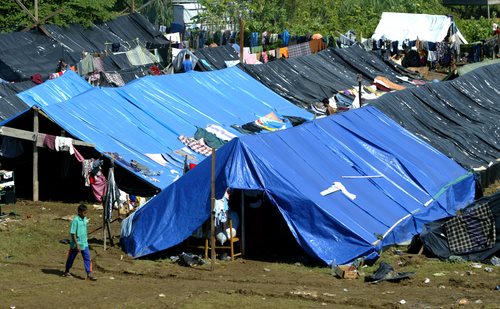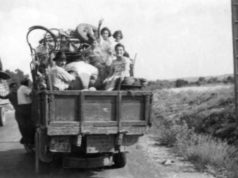
Burmese Refugees: Their Struggle and Journey to a New Life
Introduction
Burmese refugees are individuals who have fled their home country, Myanmar (formerly known as Burma), due to political persecution, conflict, and human rights abuses. A significant number of Burmese refugees have sought asylum in neighboring countries such as Thailand, Malaysia, India, and Bangladesh. The United Nations High Commissioner for Refugees (UNHCR) reports that as of June 2021, there are approximately 860,000 refugees from Myanmar, with the majority of them residing in neighboring countries.
This article aims to provide an overview of the plight of Burmese refugees who have left their homeland and the challenges they face as they seek asylum in other countries. The article will also provide updated information on the current situation in Myanmar and its impact on Burmese refugees.
The Plight of Burmese Refugees
Political Persecution and Human Rights Violations
Burmese refugees leave their homeland due to political persecution and human rights abuses committed by the military junta. For decades, Myanmar’s military junta has been known to commit gross human rights violations such as extrajudicial killings, torture, arbitrary arrest, and detention, and forced labor. Additionally, there are allegations of ethnic cleansing in the Rohingya region, where thousands of Rohingya Muslims have been forced to leave their homes due to violence and persecution.
The military coup that occurred on February 1st, 2021, has further deteriorated the situation in Myanmar. The military junta has arrested and detained political leaders, activists, and journalists, leading to protests and violence across the country. The United Nations has condemned the junta’s actions and called for the release of political prisoners.
For years, the Burmese government has been exploiting the people of Burma. This exploitation has included forcing them to pay exorbitant taxes.
Due to constant mistreatment and lack of medical resources, food, and economic opportunity, there have been thousands of Burmese refugees that fled their homes. Most Burmese refugees have chosen to settle in nearby Thailand for the past 20 years. Camps are set up for the Burma refugees. There were roughly 20,000 Burmese refugees in the refugee camps of Thailand in the 1980s. That number has now grown to at least 300,000, although exact numbers are difficult to obtain.
The deadly regime that was appointed by the Burmese government guards the border, looking for citizens who are trying to become Burmese refugees. This increased security, of course, makes it harder for them to become Burma refugees in the first place.
Thai policies are constantly changing their approach to handling the Burmese refugees in Thailand. Burma refugees fall into two categories: border refugees and urban refugees. Thailand’s government has pushed for a law that would force some Burmese refugees to return home before the conflict in Burma ends.
Although safer than they are in Burma, Burmese refugees who find themselves in Thailand face devastating poverty, discrimination, and a lack of protection and human rights from the Thai government. These Burma refugees often find themselves working in dangerous construction sites where there are no safety precautions. The Burma refugees are expected to work at least 10 hours a day with an average wage of $1.00 United
States dollar. The Burmese refugee camps consist of aluminum houses with dirt floors for the Burmese refugees.
The population of these Burmese refugee camps has not decreased at all since they were originally set up. If anything, the number of Burma refugees has exploded due to problems with the Burmese government. As the corrupt government continues to exploit its people, more Burma residents decide to leave the country every year.





















